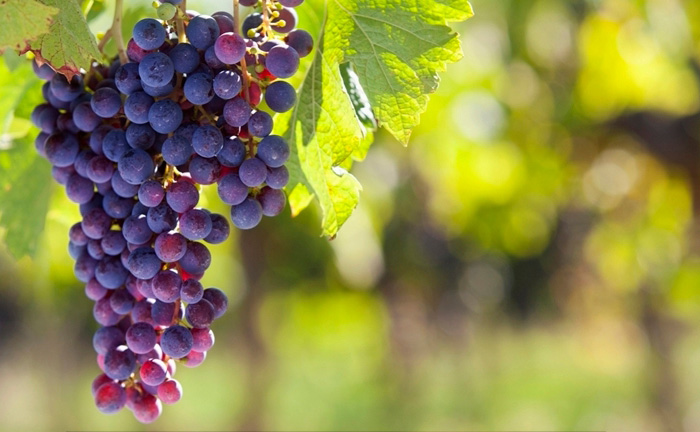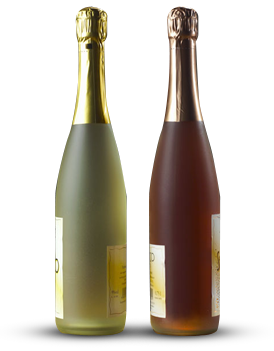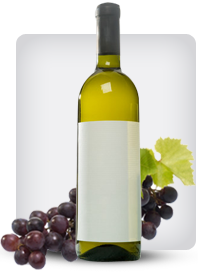

Tag: Impact
The pursuit of a great bottle of California Cabernet Sauvignon is a journey through sun-drenched vineyards and meticulous winemaking. While personal taste is paramount, understanding the impact of vintage—the weather conditions of a particular growing season—is key to unlocking the region’s finest expressions. Certain years stand out as benchmarks of quality, offering exceptional balance, complexity, and aging potential. Here is a guide to the best recent vintages for California Cabernet Sauvignon. The Hallmarks of a Great Vintage
Posted onBefore listing specific years, it’s important to know what makes them great. Ideal conditions for Cabernet Sauvignon in California include:
- A warm, consistent growing season to achieve optimal ripeness.
- A lack of extreme heat spikes, which can stress vines and produce overly alcoholic or “jammy” wines.
- A long, gradual fall with cool nights, which helps grapes retain acidity and develop complex flavors.
- Minimal rain during the harvest period to prevent dilution and rot.
Standout Vintages to Seek Out
2018
Widely hailed as a modern classic, the 2018 vintage is one of near-perfection. A long, moderate growing season with no major heat events allowed for a long hang time. The resulting wines are profoundly balanced, with deep, concentrated fruit, refined tannins, and vibrant acidity. They are powerful yet elegant, with immense aging potential. This is a benchmark year to buy with confidence.
2016
Following several drought years, 2016 provided a welcome reprieve with timely winter rains. The season was steady and warm, leading to wines of exceptional structure and purity. Cabernets from 2016 are known for their classic profile: ripe blackcurrant and cassis flavors, firm but polished tannins, and a long, expressive finish. They are approachable now but will continue to evolve beautifully for years.
2013
A legendary vintage that set a high bar for the decade. The 2013 growing season was ideal, with perfect weather from spring through harvest. The wines are intensely concentrated, rich, and powerful, yet they maintain a remarkable sense of balance and finesse. Tannins are abundant but silky. These are cellar-worthy wines that represent the pinnacle of Napa Valley Cabernet.
2019
Similar in quality to 2018, 2019 produced another stellar lineup. The vintage yielded wines that are perhaps slightly more approachable in their youth than the 2018s, with a plush, generous fruit character and supple tannins. They offer incredible drinkability now but possess the depth and structure to suggest a long and prosperous life ahead.
A Note on “Challenging” Vintages
It is worth noting that a vintage deemed “challenging” (such as 2011 or 2017, which were marked by rain and wildfires, respectively) does not mean all wines from that year are poor. In such years, the skill of the winemaker and the location of the vineyard become critically important. Many top producers still crafted outstanding wines by being highly selective with their fruit.
Ultimately, the “best” year is the one that aligns with your palate and purpose. The vintages listed here—2013, 2016, 2018, and 2019—represent a golden era for California Cabernet Sauvignon and offer a superb starting point for any enthusiast or collector.
Climate Impact on Malbec Grape Quality
Posted onMalbec, a red grape variety originally from France but now most famously cultivated in Argentina, is highly sensitive to climatic conditions. The quality of Malbec grapes—and consequently the wine they produce—depends significantly on temperature, rainfall, sunlight, and altitude. As climate change alters growing conditions worldwide, understanding its effects on Malbec is crucial for viticulturists and winemakers.
Temperature and Ripening
Malbec thrives in warm, dry climates with a long growing season. Optimal temperatures during the ripening phase (between 15°C and 25°C) ensure balanced sugar accumulation, acidity, and phenolic development. However, excessive heat can accelerate ripening, leading to overly high sugar levels and low acidity, resulting in flabby, unbalanced wines. Conversely, cooler temperatures may delay ripening, producing grapes with harsh tannins and insufficient sugar.
Rainfall and Water Stress
Malbec vines require moderate water availability, particularly during budburst and veraison. Excessive rainfall increases disease pressure (such as mildew and rot), while drought conditions can stunt berry growth and concentrate flavors too intensely. In Argentina’s Mendoza region, controlled irrigation from the Andes mitigates water stress, but shifting precipitation patterns due to climate change may challenge this balance.
Sunlight and UV Exposure
High-altitude vineyards, such as those in the Uco Valley (900–1,500 meters above sea level), benefit from intense sunlight and UV radiation. This exposure enhances anthocyanin and tannin production, contributing to Malbec’s deep color and robust structure. However, rising temperatures may force growers to seek even higher elevations to maintain optimal conditions.
Climate Change Adaptation Strategies
To preserve Malbec quality, winemakers are adopting adaptive measures:
- Elevation shifts: Planting vineyards at higher altitudes to counter rising temperatures.
- Canopy management: Adjusting leaf coverage to regulate sun exposure.
- Water efficiency: Implementing drip irrigation and soil moisture monitoring.
- Harvest timing: Picking earlier to retain acidity in warmer years.
Conclusion
Climate variability poses both risks and opportunities for Malbec viticulture. While warmer conditions may benefit some regions, others must innovate to sustain grape quality. By leveraging adaptive strategies, the wine industry can continue producing exceptional Malbec despite environmental challenges.
Climate Impact on Zinfandel Quality
Posted onZinfandel, one of California’s signature grape varieties, is highly sensitive to climatic conditions. The quality of Zinfandel wines—ranging from bold, fruit-forward expressions to more structured, spicy profiles—is deeply influenced by temperature, rainfall, and sunlight exposure. As climate change alters growing conditions worldwide, understanding its impact on Zinfandel is crucial for winemakers and enthusiasts alike.
Temperature: A Delicate Balance
Zinfandel thrives in warm climates but suffers under extreme heat. Optimal ripening occurs between 75°F and 90°F (24°C–32°C). Excessive temperatures can lead to:
- Over-ripening: High sugar accumulation, resulting in excessively alcoholic wines with reduced acidity.
- Sunburn: Direct heat can damage grape skins, affecting tannin structure and color.
- Loss of Aromatics: Volatile compounds that contribute to Zinfandel’s berry and spice notes may degrade.
Conversely, cooler climates produce Zinfandel with higher acidity and fresher fruit flavors, though insufficient warmth may hinder full phenolic ripeness.
Water Stress and Drought Resilience
Zinfandel vines are relatively drought-tolerant, but prolonged water stress can reduce yields and concentrate flavors—sometimes beneficially. However, severe drought leads to:
- Berry Shrivel: Diminished juice content, affecting wine volume.
- Uneven Ripening: Clusters may contain both underripe and overripe grapes.
Conversely, excessive rainfall near harvest dilutes flavors and increases disease pressure (e.g., bunch rot).
Sunlight and Microclimates
Zinfandel benefits from ample sunlight to develop rich color and polyphenols. However, in hotter regions, canopy management (e.g., leaf thinning) is essential to prevent sun damage. Coastal fog, as in parts of Sonoma, moderates temperatures, preserving acidity and enhancing elegance.
Climate Change Adaptations
With rising global temperatures, Zinfandel growers are adopting strategies such as:
- Shifting Plantings: Moving vineyards to cooler elevations or coastal areas.
- Altering Harvest Times: Picking earlier to retain acidity.
- Exploring Clonal Selection: Choosing heat-resistant Zinfandel clones.
These adaptations aim to preserve Zinfandel’s signature balance of fruit intensity, spice, and structure.
Conclusion
Climate plays a pivotal role in shaping Zinfandel’s quality, with each element—temperature, water, and sunlight—contributing to its distinct profile. As viticultural regions face shifting conditions, proactive measures will be essential to sustain Zinfandel’s legacy as a versatile and expressive varietal.
popular posts
-

Cabernet Sauvignon vs
12-02 2025Merlot: A Taste Comparison Two names stand as titans in the world of red wine: Cabernet Sauvignon and Merlot. Both are foundational Bordeaux varieties, Read More
-

Organic Pinot Noir from New Zealand: A New World Expression of Elegance New Zealand, a land renowned for its breathtaking landscapes and pristine environment, has carved out a formidable reputation in the world of wine
12-01 2025While Sauvignon Blanc from Marlborough remains its global calling card, a quiet revolution has been unfolding in the country’s cooler regions. Here, Pinot Noir—the Read More

